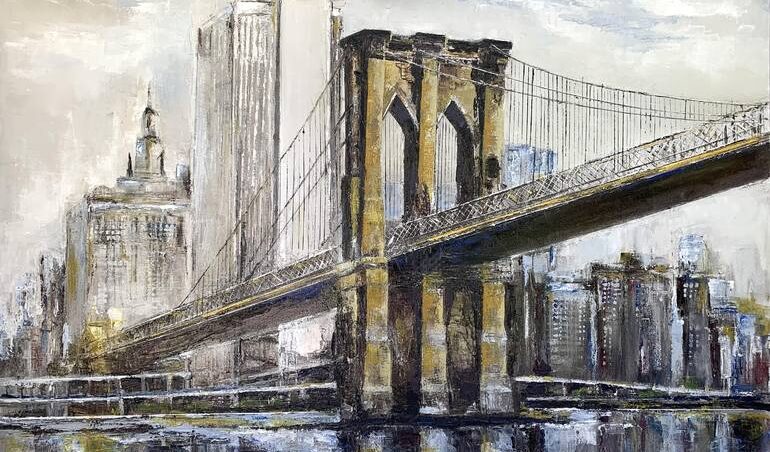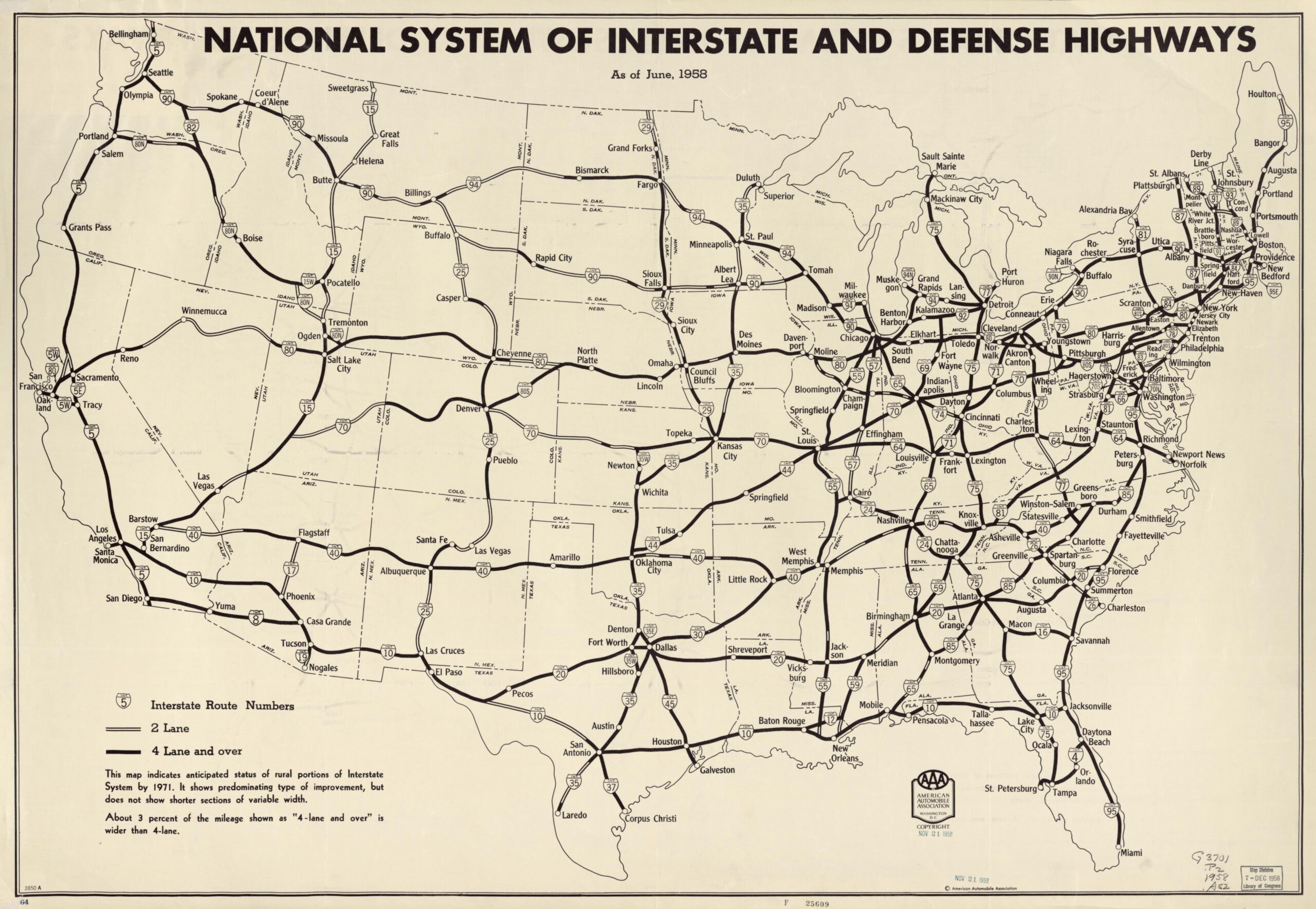As mentioned in “The Importance of Bridge Aesthetics,” the line between architecture and engineering has always been blurred. It could also be said that the line between art and architecture is similarly blurred. Art, in its broadest sense, is any human activity with an aim to express a wide range of ideals through creative imagination. These are generally manifested through either the visual arts or the performing arts, with the visual arts being further divided into three classical forms – painting, sculpture and architecture.
Architecture has been used to define culture since the dawn of man, thus architectural works are considered to be works of art. But where a piece of art merely seeks to evoke a visceral reaction from the viewer, an architectural work must also be functional.
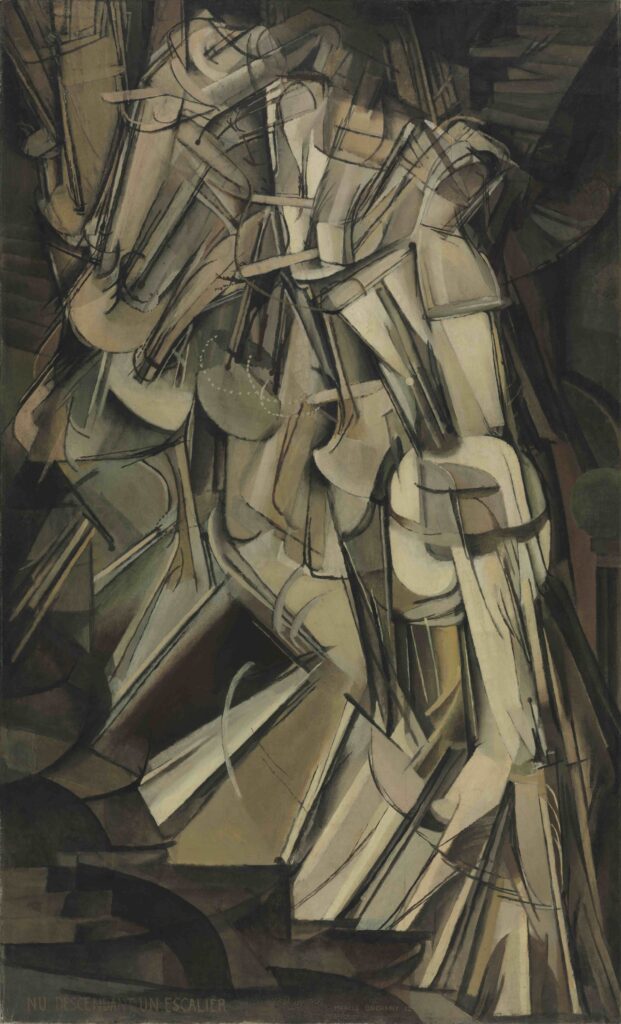
For example, Marcel Duchamp’s Nude Descending a Staircase might be viewed as a Modernist classic, resembling “an explosion in a shingle factory” (Julian Street, The New York Times), or as being too Futurist to be considered Cubist by three different people. That is the painting’s purpose as a work of art, to express an image through the artist’s imagination.
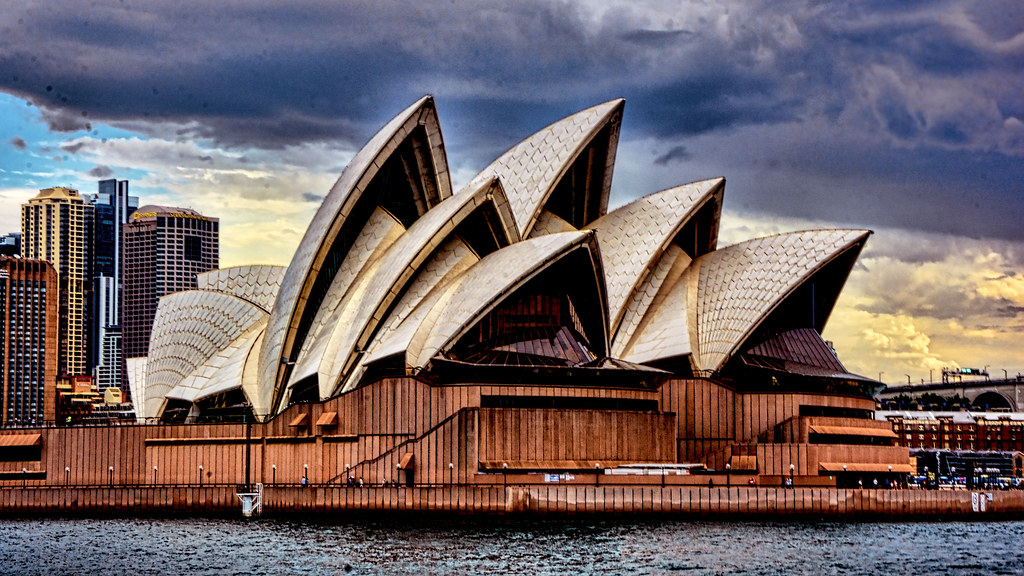
The Sydney Opera House, as an architectural work, cannot be simply viewed as an aesthetic masterpiece when viewed from the Royal Botanical Garden or from the Sydney Harbour Bridge or from Kirribilli. As an architectural work, the building has a function – to house a performing arts center for the City of Sydney. The building’s artistic merits can be judged on its aesthetic strengths alone, but a fair evaluation of its architectural merit must also take into account the functional context in addition to the aesthetic.
Next to buildings, bridges are perhaps the next most photographed architectural works. The Golden Gate Bridge and the Brooklyn Bridge being perhaps the most photographed bridges in the world. There are no shortage of coffee table books on bridges available, with some being devoted to the bridges of entire cities – the bridges of New York City, Chicago and Portland – to name a few.

While photographs are considered a form of art, one could argue that the architectural context of a particular structure is lost in a photograph. Now, to be sure, photographs tell a story – strength, grandeur, gravity-defiance and, above all, beauty. But how was such a work conceived? How was is achieved? These questions are not answered by a photograph – a literal snap-shot in time.
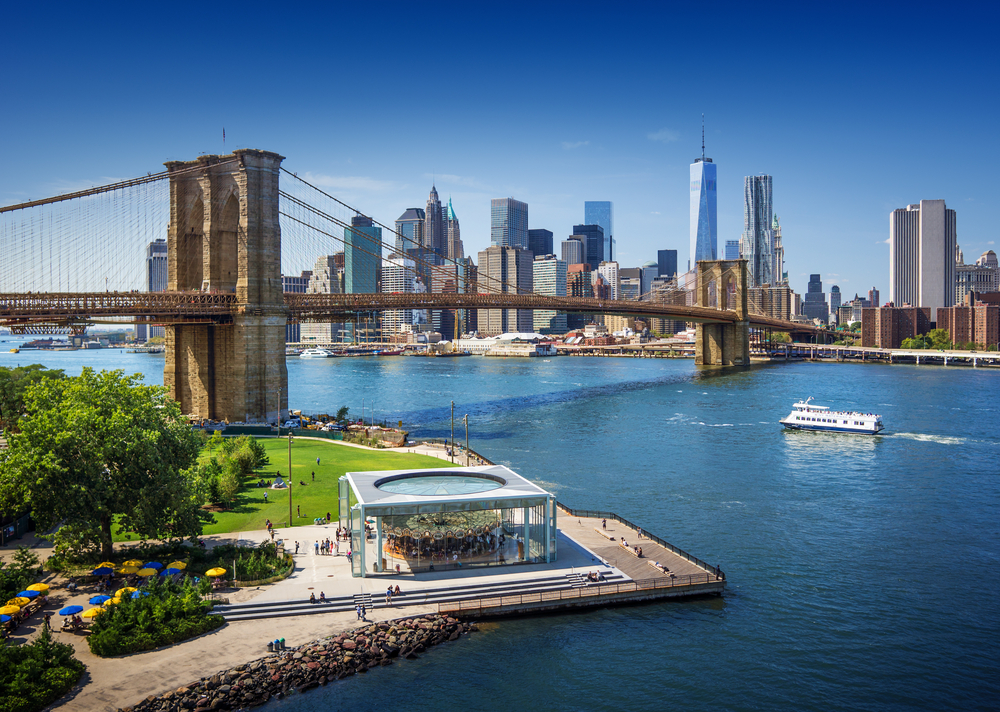
Several artists, sometimes the engineers or architects themselves, would produce drawings of their structures so beautiful that they could be considered artistic works in and of themselves, separate from the structure itself. This is generally true of structures built in antiquity, but even some structures built into the 20th century have enduringly beautiful engineering and architectural drawings.
Before the advent and widespread adoption of computer aided drafting in the 1980’s, most plan sheets were drawn by hand by drafters. Large rooms with drafting tables, drafting machines and lots of paper were setup to produce all of the drawings needed to build ever manner of impressive structure. Some of the most beautiful were bridge or building elevation views, intended to give the person reading the plans an idea of the scale of the structure being planned.
Today, some of these hand drawn elevation drawings are mounted on walls as art. This is not unlike framing old maps as art. Some organizations have recognized the demand for old plan sheets as art and have begun to release copies to the general public.

Errol Michael Beard, perhaps the most prolific bridge elevation artist in the world, started Errolgraphics in 1979. A student of architecture, Mike drew some of the world’s most famous bridges – prints of which are still sold around the world. Not only did Mike draw older, existing bridges – he would also draw new bridges, including the New Tacoma narrows Bridge and the Tillikum Crossing Bridge in his native Portland. His drawings seek to inform the viewer as well, presenting key facts about each structure. His elevations of the Golden Gate Bridge and the Brooklyn Bridge are especially popular and have been reproduced many times over. In addition to his bridge prints, Mike also drew 19 years of posters for the Bite of Portland.
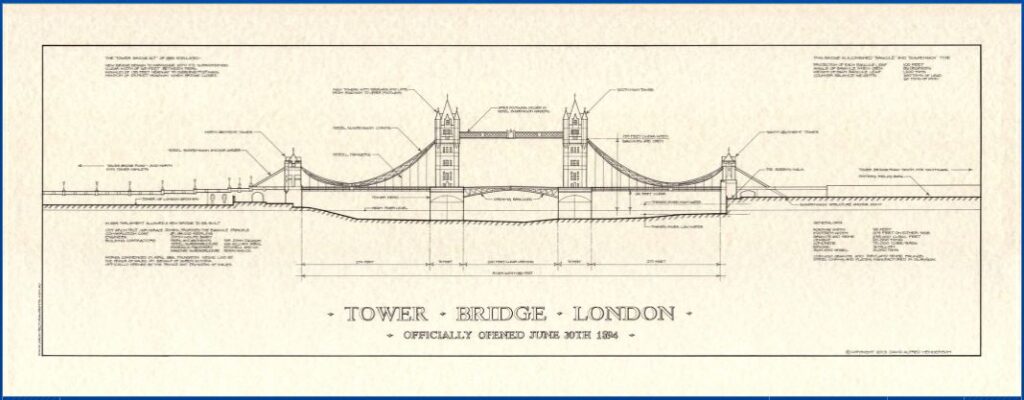
David Alfred Henderson produces elevation drawings of some of his native Australian landmarks, but has also drawn some international structures too. His drawings, like Mike’s, include key facts about each structure. David won the Mary Mahoney Griffin Measured Drawing Competition in 1999, a competition that tests the skill of accurately representing a real building in drawings. He will even draw an artistic interpretation of your own home!

One of the more famous architectural volumes to come out of Britain was the Vitruvius Britannicus, which included text by architect Colen Campbell but is more widely known for the architectural engravings by Henry Hulsbergh based on drawings by Campbell. Some of his engravings, which are early precursors to the elevation drawings (or ‘prospects’ in British English), are quite famous – including St. Paul’s Cathedral in London and St. Peter’s Basilica in Rome. Unfortunately, neither Campbell nor Hulsbergh had the forethought that their prints might be considered home décor one day. Many of the original copies of the book were destroyed over the years in order to retrieve these beautiful prints. What irony!
And of course, check out TheBridgeGuy shop at Etsy.com, offering architectural prints for three unique structures – the Lacey V. Murrow Memorial Bridge in Seattle, the Forth Rail Bridge in Edinburgh and the Space Needle in Seattle.
Views: 963